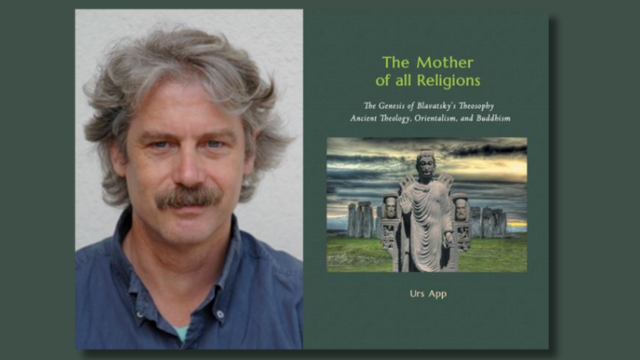A book convincingly argues that the city was the epicenter of Italian miracles, Spiritualism, mysterious works of art, and esotericism.
by Massimo Introvigne
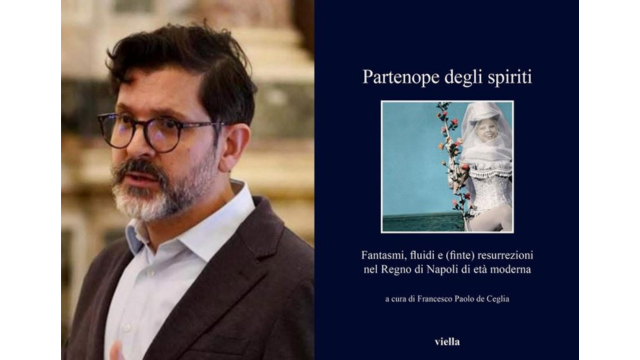
Forget about Turin, Italy’s so-called “city of magic.” Instead, focus on Naples. The intriguing book “Partenope degli spiriti” (Rome: Viella, 2024), edited by Francesco Paolo de Ceglia, persuasively argues that Naples is the heart of Italian miracles, spiritualism, and esotericism. This volume explores the city’s rich spiritual heritage and wonders, addressing topics ranging from religion and esotericism to magic and social history. It details the various religious, paranormal, and esoteric events that have shaped Naples since the 17th century.
Francesco Paolo de Ceglia introduces Naples’ rich historical and cultural context, a city teeming with esoteric and divine forces. The presence of living and deceased spirits is profoundly felt, and the city’s origins are intertwined with the legendary siren, Parthenope. De Ceglia emphasizes the blurred boundaries between the natural and the supernatural, illustrating how miracles and wonders were regarded as commonplace. He employs a wide range of historical sources, including scientific literature, chronicles, and personal narratives, to vividly portray Naples—a modern city deeply rooted in beliefs, superstitions, and religious customs.
In her essay, “Traveling Among the Bodies of Saints in Naples and the Kingdom in the 17th Century,” Marcella Campanelli examines the significant role of relics in Neapolitan religious practices. She demonstrates how the cult of relics provides devotees with a tangible connection to the divine through holy bodies. Even today, the city eagerly anticipates the miraculous liquefaction of blood from Saint Januarius, reinforcing and shaping Naples’ religious identity. Campanelli supports her analysis with Antonio da Napoli’s 17th-century “Catalogue of Holy Bodies,” emphasizing that relics were regarded as means of divine intercession and symbols of earthly political power.
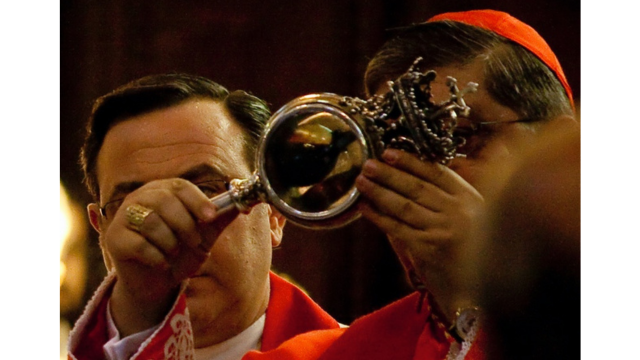
Francesco Paolo de Ceglia’s essay, “Holy Parthenope: Epistemology and Techniques of Imitation in the ‘Miracle’ of Saint Patricia,” examines the phenomenon of Saint Patricia’s blood liquefaction and its connection to the siren Parthenope. He investigates the cyclical nature of this event and its significance in reinforcing the Neapolitan collective identity. De Ceglia highlights how miraculous occurrences contribute to building a cohesive religious community, with each miracle serving as a key element in popular faith, enhancing the sense of belonging.
Elisa Novi Chavarria’s essay, “‘A Sweet Smell Like Paradise’: Senses, Wonder, and Sanctity in Modern Naples,” explores how our perceptions shape our experience of the sacred, particularly through smells. Chavarria shares examples of relics that emitted divine aromas, perceived as signs of a divine presence. These scents linked to the relics acted as sensory proof of the saint’s guardianship.
In his chapter “Stories Engraved on the Skin: Lauretan Tattoos (16th–21st Centuries),” Massimo Cattaneo explores how devotional tattoos serve as expressions of faith and protection. He describes how pilgrims traveling to the Catholic pilgrimage site of Loreto decorated their skin with sacred symbols, which acted as amulets for safety, intertwining their religious devotion with their bodily identity.
Pierroberto Scaramella’s “Birth and Development of a Devotion: Purgatory and the Cult of the Dead in Southern Italy in the Modern Age” examines the iconography of purgatory and the devotional practices that developed between the 15th and 19th centuries. His analysis highlights how artistic representations of purgatory evolved, showcasing the interplay between social and religious influences.
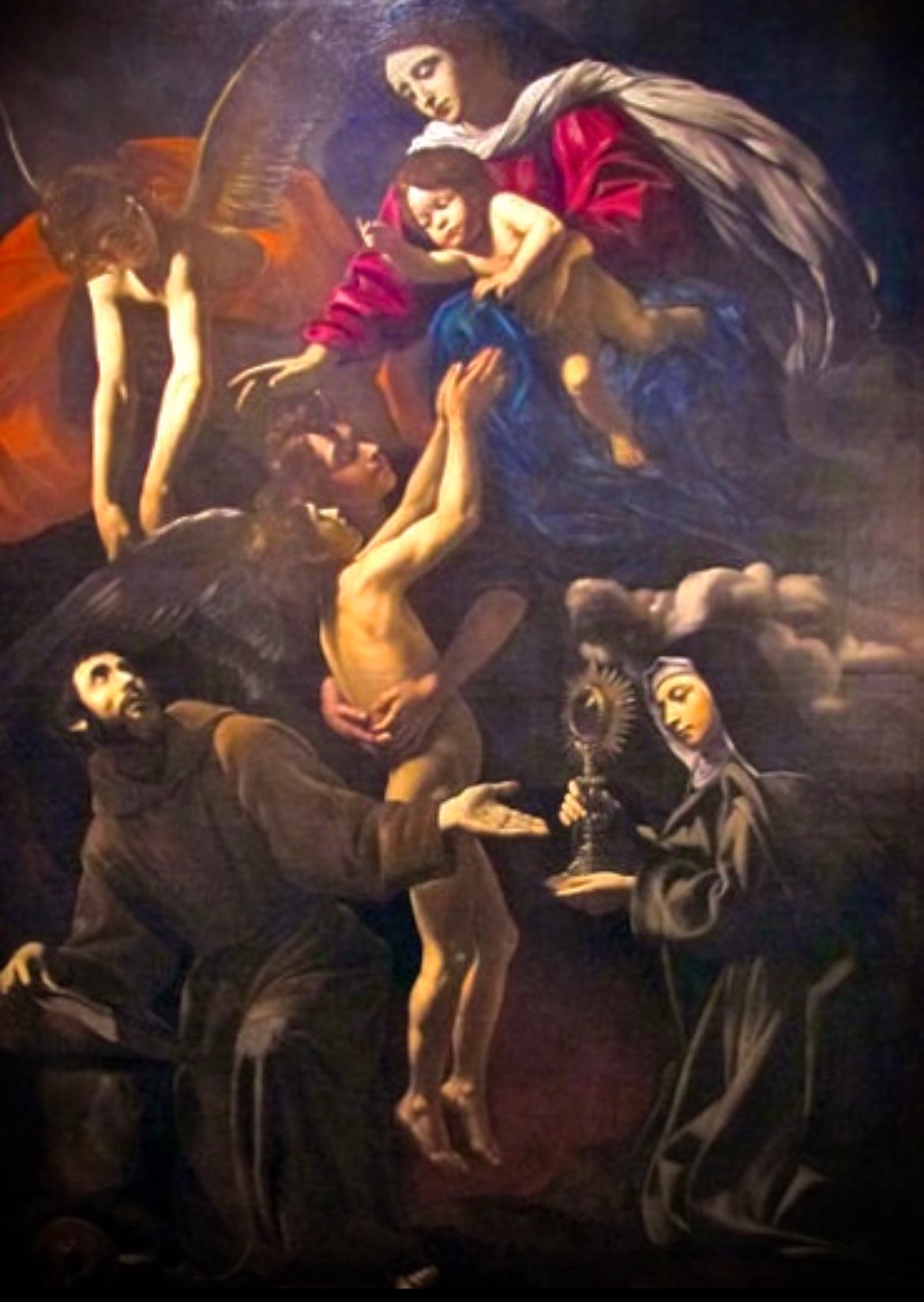
Tommaso Braccini’s essay, “The Cat and the Ham: Sixteenth-Century Stories of Vampires in the Kingdom of Naples,” explores beliefs about vampires in southern Italy. It focuses on tales of supernatural cats that roam at night and prey on humans. Braccini examines the historical folklore of vampirism, emphasizing its role in addressing existential fears and reinforcing social norms. The chapter does not discuss the more recent theory that Vlad Dracula is buried in Naples.
David Armando’s chapter, “A Failed Syncretism? Animal Magnetism in the Kingdom of the Two Sicilies Between European Science, Magical Tradition, and Catholic Reaction,” explores animal magnetism’s spread and cultural implications in southern Italy. Armando examines the political and religious influences that shaped the perception and application of magnetism, highlighting the tension between medical progress and superstition.
Lucia De Frenza’s essay, “Beating the ‘Wand Holders’: Neapolitan Skepticism Towards Dowsing,” explores the practice of dowsing in the context of the Italian Enlightenment. De Frenza analyzes how numerous intellectuals and scientists strived to create a scientific basis for dowsing, transforming it from a mystical art into an acknowledged scientific field, despite the presence of skeptics.
Lorenzo Leporiere’s chapter, “Cesare Lombroso and the Scandalous Biology of Spirits: Towards a Redefinition of ‘Matter,’” explores the thoughts of Cesare Lombroso, the founding figure of modern criminology, concerning Spiritualist experiences, intertwining elements of science, philosophy, and religion. It also mentions Lombroso’s relationships with Naples. Leporiere analyzes Lombroso’s intellectual journey, which shifted from skepticism to a calculated acceptance of Spiritualism, influenced by the then-recent discoveries in radioactivity and electromagnetic waves.

In his essay, “Heresy, Sorcery, and the Boundaries of the Preternatural in the Kingdom of Naples in the Early Modern Age,” Alessandro Laverda examines the political and intellectual efforts to assert and safeguard secular authority concerning sorcery-related crimes. He explores various court cases and the tensions between secular and ecclesiastical powers.
In his chapter titled “Light and Spirit. Blessed Candles in Exorcism Liturgies and Rites of Good Death in 16th-Century Naples,” Mattia Corso explores the importance of blessed candles during exorcism ceremonies and rites for individuals nearing death in Naples. He highlights these candles as crucial symbols that signify the effectiveness of exorcisms and serve as guardians for the soul of the dying.
Eleonora Loiodice’s essay, “Naples’ Monaciello: The Ambivalent Character of a Spirit That Haunts Houses,” explores the “monaciello,” a spirit central to Neapolitan folklore. She investigates its historical, cultural, and symbolic aspects, highlighting its importance in Neapolitan culture and its impact on daily life and local institutions.
In his chapter, “Marriages Between Males in the Late Sixteenth Century: More on the Neapolitan Academy of Father Volpino,” Tommaso Scaramella explores an unusual academy of male homosexuals led by “Father Volpino” (a priest whose real name was Giuseppe Buono) that thrived in late 16th-century Naples until the Inquisition suppressed it. Scaramella sheds light on the group’s activities and unconventional beliefs, highlighting the cultural backdrop that enabled such phenomena to emerge.
Fabio Frisino’s essay, “A Tarantula in the ‘Cappuccino’: A Case of Male Tarantism in Modern Ecclesiastical Contexts,” explores a case of tarantism presented by Pacifico da Medogno, a 17th-century Capuchin friar. Frisino examines the cultural and symbolic importance of tarantism—an intense urge to dance thought to result from a tarantula bite—highlighting its ties to both the natural and supernatural worlds and its interaction with medicine and religion.
In his chapter titled “Resurrection in Canonizations: A Difficult Coexistence,” Giulio Sodano explores the concept of resurrection within the realm of canonizations, focusing on Francesco de Geronimo, a Jesuit priest who passed away in 1716 and was canonized in 1839. The Jesuits alleged that Francesco brought back Pompeo Prudente from the dead. However, this purported resurrection complicated rather than facilitated Francesco’s canonization, as some Vatican officials expressed skepticism about its authenticity. Sodano delves into the cultural and societal implications of resurrection and the theological and philosophical ideas prevalent at the time.
Stefano Daniele’s essay, “The Frankensteins of Naples: Alchemical Palingenesis in the Early Modern Age,” explores the concept of palingenesis and its historical roots. Daniele examines how alchemical practices, literature, and cinema have influenced contemporary notions of resurrection.
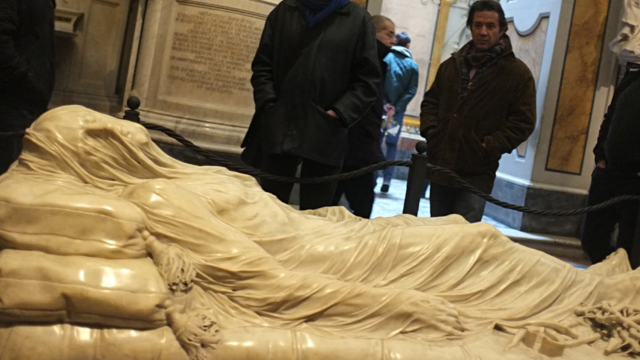
In the final chapter titled “Raimondo di Sangro, the Palingenesis and New Perspectives for Research,” Andrea Maraschi presents a novel interpretation of Raimondo di Sangro, a prominent figure in Naples’ esoteric traditions who passed away in 1771. By exploring his alchemical practices and the myths surrounding him, Maraschi investigates the historical and philosophical influences that informed Raimondo’s work and reflects on the implications of his experiments.
The book does not include a conclusion. However, readers may conclude that Naples’ esoteric tradition rivals other cities more commonly associated with magic or the occult, such as Turin or London. They may also be inspired to visit the astonishing Cappella Sansevero, refashioned by Raimondo di Sangro in the 18th century, one of Europe’s richest repositories of esoteric symbols, as well as other Neapolitan churches connected with the marvels of the city of Parthenope.

Massimo Introvigne (born June 14, 1955 in Rome) is an Italian sociologist of religions. He is the founder and managing director of the Center for Studies on New Religions (CESNUR), an international network of scholars who study new religious movements. Introvigne is the author of some 70 books and more than 100 articles in the field of sociology of religion. He was the main author of the Enciclopedia delle religioni in Italia (Encyclopedia of Religions in Italy). He is a member of the editorial board for the Interdisciplinary Journal of Research on Religion and of the executive board of University of California Press’ Nova Religio. From January 5 to December 31, 2011, he has served as the “Representative on combating racism, xenophobia and discrimination, with a special focus on discrimination against Christians and members of other religions” of the Organization for Security and Co-operation in Europe (OSCE). From 2012 to 2015 he served as chairperson of the Observatory of Religious Liberty, instituted by the Italian Ministry of Foreign Affairs in order to monitor problems of religious liberty on a worldwide scale.


